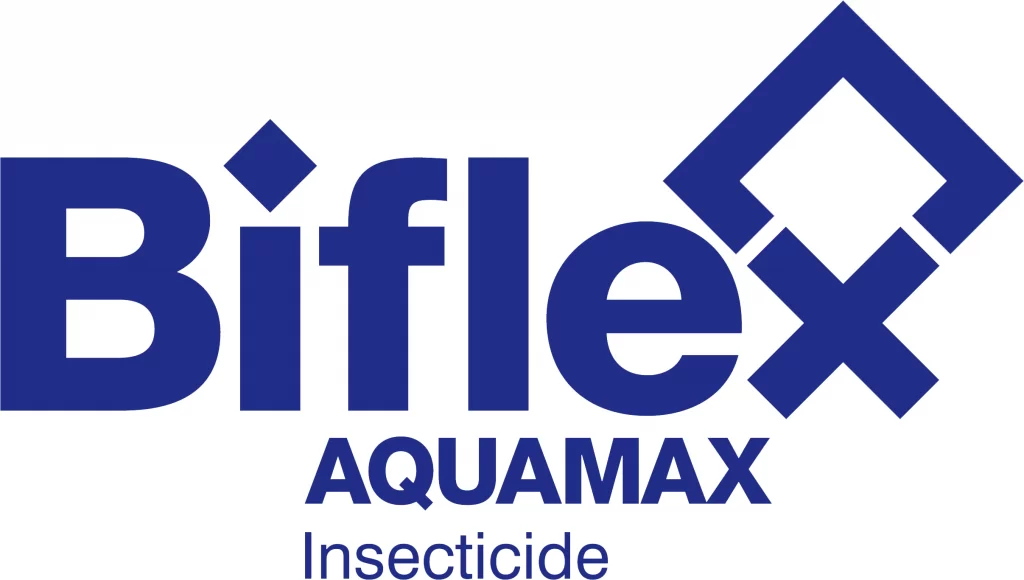Most Common Pests in Sydney Australia
Australia is widely known for the existence of a plethora of invasive species. Tourism has for long years been a major earner for the Australian economy. But sometimes even a blessing can be a curse. With Sydney’s booming multi-billion commercial and residential sector, the force of nature has proven to be a hard nut to crack. (Check out: Sydney’s Common pests)
In Sydney, pests have always been a constant threat amongst families and business enterprises. It has gotten to the point that even as we make out plans to invest in buildings, pest control has to be part and parcel of that budget. Successful commercial pest control doesn’t happen by chance. It requires well-planned and implemented strategies modified to your specific industry and commercial facility.
There are tons and tons of the little buggers and here is a list of the most prevalent ones affecting the Sydney population with a brief insight into their description, how they damage our homes and offices, and their control measures.
Termites/Carpenter Ants
Description
There are 3,000 species of termites on earth and 360 of them are found in Australia. You’d be surprised that only 10 of those species cause 99% of the damage. They include;
- Coptotermes acinaciformis
- Coptotermes lacteus
- Coptotermes michaelseni
- Coptotermes raffrayi
- Heterotermes ferox
- Heterotermes vagus
- Mastotermes darwiniensis
- Microcerotermes sp (many species)
- Nasutitermes exitiosus
- Schedorhinotermes intermedius
Most of the damage caused by termites to Australian homes is caused by these species. A majority of them have common biological features but there are key differences in their behavior and characteristics. There are three groups in the termite society and they are comprised of workers, soldiers, and alates.
Damage Caused
More than 130,000 Australian homes and offices are attacked annually causing billions of dollars in damage. Usually, termites are known to hide in areas such as cracks, walls, plumbing, trenches, attics, windows, doors, eaves, and expansion joints.
Termites are usually hard to spot until all the damage has been done. Most of them will be found in concealed parts of the building with as little as a 1mm gap from where they can gain access to the premises. They usually operate in colonies and can be identified with;
- The most common one – Mud trails leading up the sides of buildings
- Accumulation of dried mud in the joints of door or window architraves
- Blistering on door or window architrave, or skirting boards
- Damp areas or moisture stains on walls
- Faint tapping or chewing noises behind plaster walls
- Power failures and build-up of earthy materials around power points
- Soft floorboards
- During spring and autumn evenings large swarms of “flying black ants” may actually be termite alates being released from the nest. This is a strong indication termite colonies are present.
Control measures
As they commonly say, prevention is better than cure, and articulating your home’s termite management system or putting up the preconstruction termite barrier, is one of the most important decisions you will make when constructing a new home or commercial building. The intention of this is primarily to dissuade hidden termite entry and reduce the risk of termite attack.
If it is too late, you can always call upon our team for a thorough termite inspection before they get a chance of unleashing further costly damage. We do interior, roof void, subfloors, and exterior checks.






Bees
Description
Bees have been one of the most dangerous pests to man, up-to-date. There are two types of bees commonly found in Australia and they are the European/Western Honey bee and native bees. Western Honey bees were mainly introduced by European settlers and usually have a brown and dull yellow band with a brown abdomen. Native bees were originally a part of Australia and are known for being social stingless bees with dark abdomens.
Damage Caused
Bees are important insects, especially for honey and pollination, but they come as a threat to our existence when they build colonies right in our backyards. They are very protective of their queen which gives birth to all the bees and any time humans try to remove them from their hives, they get hazardous. They attack by stinging a vicious venom which makes them die in the process. Related: Pest Control For Shopping Centers
Control Measures
Bees will usually adapt to an environment that is more attractive to them. They need flowers to suck out the nectar and make honey. The best way to prevent a swarm of bees from coming your way is to plant flowers that are less fragrant and trim trees that have large clusters of flowers. A honey bee colony will fly a total of around 55,000 miles to make just one pound of honey.
If there is any swarm of bees around your home or commercial building, act as quickly as possible and contact pest control services as they are known to build nests and hives in a short period of time under large numbers. ( Read: Industral Pest Control)
Cockroaches
Description
There are two types of cockroaches based majorly on appearance. They include; German cockroaches and American cockroaches. German cockroaches are light brown with two dark parallel on their back and can grow to 15 mm in length. They will eat anything including grease and are usually spotted around a large kind of their own on the premises. (Related: Pest Control Service for Restaurants)
American cockroaches on the other hand grow up to 40 mm in length and are reddish-brown with the ability to fly in warm weather. They are commonly found in warm, dark, and moist conditions eating organic waste that can make them last up to 4 months without food. Check out: Common Pest Problems in Hotels
Damage Caused
They get into buildings via;
- Cracks in walls
- Confined spaces (such as behind the refrigerator)
- Underneath stacks of magazines, newspapers, or cardboard boxes
- Any furniture items that are generally left undisturbed
- Kitchen cupboards and pantries
- Below sinks
- Around water heaters
- In drains and grease traps
- Gardens
They mainly cause damage in 4 ways;
- Ugliness causing psychological and emotional distress
- Disease transmission in the form of bacteria, protozoa, and viruses (rotting rubbish, food spills, and fecal matter)
- Allergies due to infestation
- Feeding Damage on starchy food items and books
Control measures
The best way to avoid cockroaches is by having a clean and sparkling premise. Simple ways to do this are;
- Cleaning your house and office
- Washing your dishes
- Emptying and always covering up your dustbin
- Storing food in concealed containers
- Taking out rubbish at night
- Avoiding accumulation of clutter.
At Safe Pest Control, your complete satisfaction is what drives us. We strive to ensure your pest problems are solved with minimum disruptions to your daily activities. Checkout: Essential Pest Control Services for Food Manufactoring and Hospitals.











